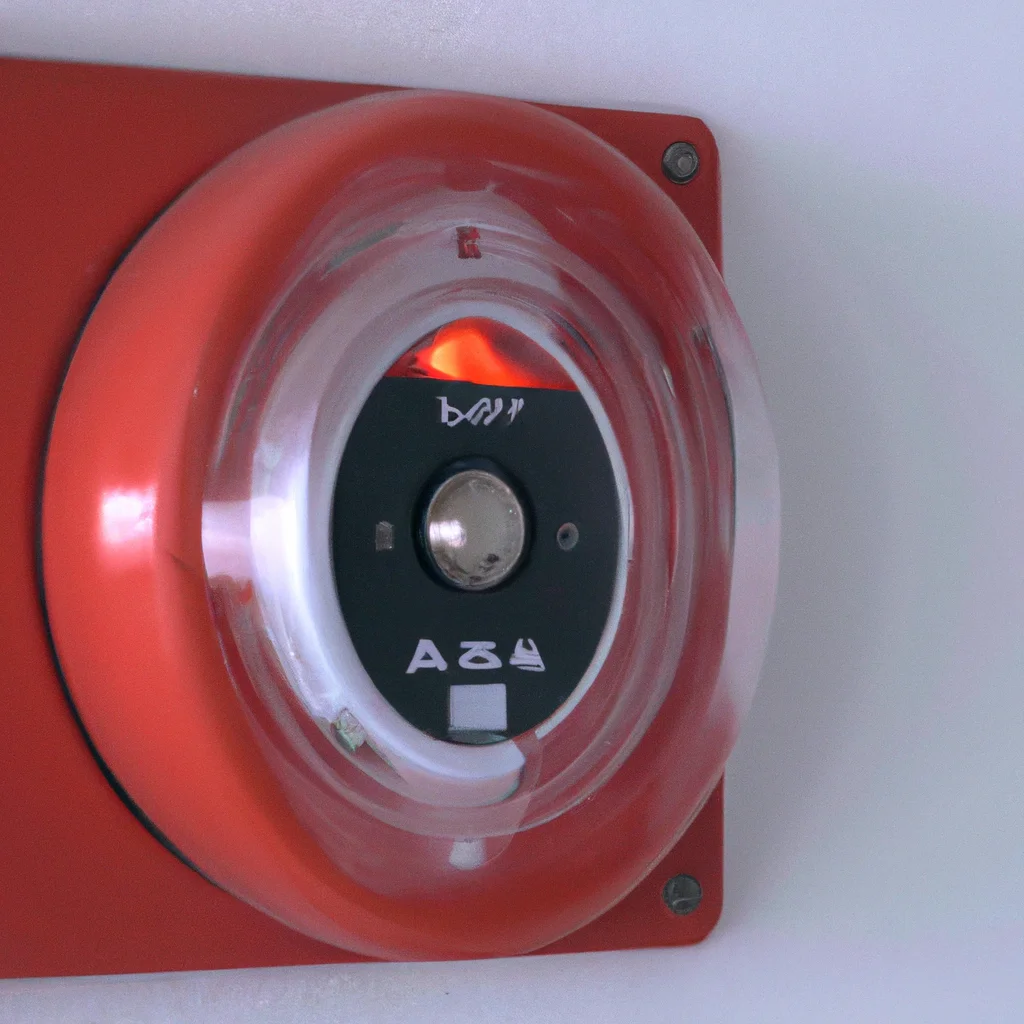How does a fire alarm detect fire?


How does a fire alarm detect fire?
A fire alarm is a critical component of fire safety and prevention. It detects fires and alerts occupants of a building, allowing them to evacuate safely. The fire alarm system is composed of several components, including heat detectors, smoke detectors, and fire alarms. In this article, we will focus on how a fire alarm detects fire, with a special emphasis on smoke detectors.
Smoke Detectors
Smoke detectors are the most common type of fire alarm used in homes and commercial buildings. They work by detecting smoke particles in the air, which is created when a fire starts. Smoke detectors are designed to trigger an alarm when they detect a certain level of smoke.
Ionization Smoke Detectors
Ionization smoke detectors use a small amount of radioactive material to ionize the air inside the detector. When smoke particles enter the detector, they disrupt the ionization process, triggering the alarm. Ionization smoke detectors are sensitive to small smoke particles, making them ideal for detecting fast-burning fires.
Photoelectric Smoke Detectors
Photoelectric smoke detectors use a beam of light to detect smoke particles. When smoke enters the detector, it scatters the light beam, triggering the alarm. Photoelectric smoke detectors are more effective at detecting slow-burning fires, such as those caused by smoldering cigarettes or electrical fires.
Combination Smoke Detectors
Combination smoke detectors use both ionization and photoelectric technologies to detect smoke particles. They are more effective at detecting all types of fires, making them a popular choice for residential and commercial buildings.
Heat Detectors
Heat detectors are another type of fire alarm that detects fires by measuring the temperature in a room. They are less sensitive than smoke detectors and are typically used in areas where smoke detectors are not suitable, such as kitchens or garages.
There are two types of heat detectors: fixed temperature and rate-of-rise. Fixed temperature heat detectors trigger an alarm when the temperature in a room reaches a pre-set level, usually between 135 and 190 degrees Fahrenheit. Rate-of-rise heat detectors trigger an alarm when the temperature in a room rises rapidly, such as when a fire starts.
Fire Alarms
Fire alarms are the final component of a fire alarm system. They are responsible for alerting occupants of a building when a fire is detected. Fire alarms can be triggered by smoke detectors, heat detectors, or manual pull stations.
When a fire is detected, the fire alarm sends a signal to the control panel, which activates the alarms throughout the building. Fire alarms can be in the form of sirens, strobe lights, or a combination of both. In addition, some fire alarm systems are equipped with voice evacuation systems, which provide spoken instructions to occupants on how to evacuate the building safely.
In conclusion, fire alarms are essential for fire safety and prevention. Smoke detectors, heat detectors, and fire alarms work together to detect fires and alert occupants of a building. Smoke detectors are the most common type of fire alarm and work by detecting smoke particles in the air. Heat detectors measure the temperature in a room and are less sensitive than smoke detectors. Fire alarms are responsible for alerting occupants of a building when a fire is detected. By understanding how fire alarms detect fire, we can better protect ourselves and our properties from the devastating effects of fire.
Recent Posts
How do I create an engaging and informative online quiz or assessment?
Creating an engaging and informative online quiz or assessment can be a powerful tool for… Read More
What are the most effective methods for managing and reducing work-related stress in the hospitality industry?
Work-related stress is a common issue in the hospitality industry, where employees often face long… Read More
How can I improve my assertiveness and communication skills in a leadership position?
In a leadership position, assertiveness and effective communication skills are crucial for success. Being able… Read More
What are the key elements of a successful employee recognition and rewards program?
Employee recognition and rewards programs play a crucial role in motivating and engaging employees, as… Read More
How do I effectively manage and respond to customer feedback and reviews?
Customer feedback and online reviews play a crucial role in shaping a company's reputation and… Read More
What are the best strategies for effective time management as a stay-at-home parent?
Effective time management is crucial for stay-at-home parents who juggle multiple responsibilities on a daily… Read More